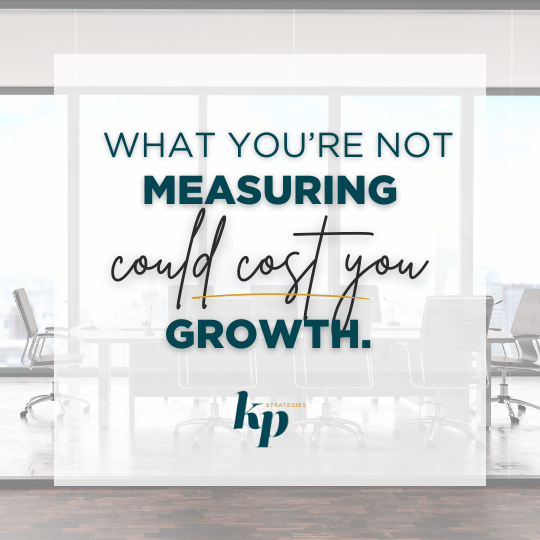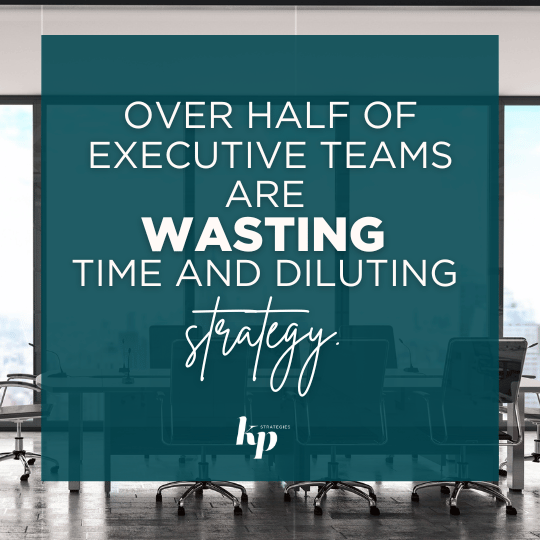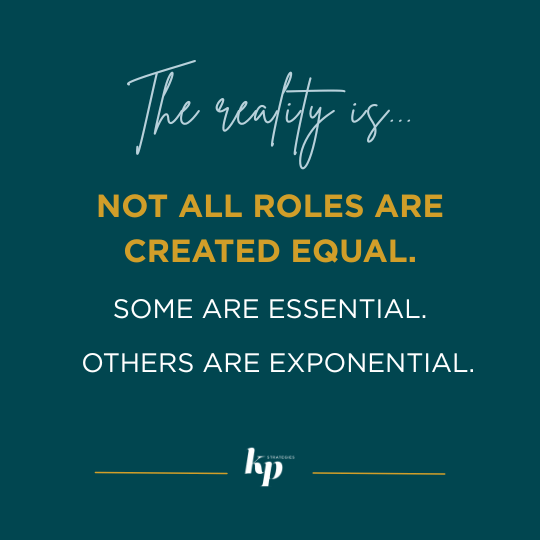

The Corner Office

Why You Need to Start Planning for 2026 Now
A CEO I work with once told me: “Every December, we scramble to finalize next year’s plan, and by the time it’s ready, Q1 is already half over.” The result? Teams reacting instead of executing. Opportunities missed. Growth stalled. That’s the danger of waiting too long to plan. If you want to hit the ground

The Right Insight at the Right Time Can Save You Millions
(Just Ask the CEO Who Did) Strategy isn’t just about vision. It’s about making informed decisions—where to double down, where to expand, and, just as critically, where not to go. One of the most overlooked competitive advantages in business today isn’t technology, talent, or capital. It’s insight. Real, unfiltered insight from your customers, employees, and

Kickstart Your Strategic Planning Process for 2026: Lead with Vision, Not Just Goals
You’re well into the third quarter. Urgent priorities are piling up, the year-end is coming fast—and yet, the most powerful thing you can do right now has nothing to do with finishing this year strong. It has everything to do with shaping what’s next. Because 2026 won’t wait, and great CEOs know that the seeds

Is Your Organization Ready for 2026? Why CEOs Must Elevate Talent Strategy—Now
You’re already planning for 2026—setting growth targets, sharpening your strategy, and aligning the organization to what’s next. But here’s the real question: Do you have the right people in place to get you there? Many CEOs claim that “talent is our #1 priority.” But far fewer are putting in the work to prove it. And

4 Ways to Build Trust with Your Board: The CEO’s Hidden Advantage
It’s easy to see your Board of Directors as a formality—an oversight group that meets quarterly, reviews the numbers, asks a few questions, and signs off on decisions. But great CEOs know better. They know a high-functioning Board isn’t just a governance requirement—it’s a strategic advantage. And trust is the currency that powers it. According

What Are the Right Success Metrics? Why Great CEOs Measure What Truly Matters
There’s a moment every CEO eventually faces. You’re staring at a dashboard filled with charts, spreadsheets, and KPIs. Revenue is up. Costs are steady. But something feels…off. Your gut says things aren’t as strong as the numbers suggest. Engagement is waning. Innovation has slowed. Culture feels stagnant. That’s when it hits you: You’re measuring performance—but

Is Your Board Actually Helping You Lead—or Just Watching From the Sidelines?
If you’re a CEO, there are only a few things only you can do. And shaping, engaging, and elevating your Board of Directors is one of them. Yet, many mid-market CEOs don’t see their boards as strategic allies—they see them as passive, disconnected, or, worse, political. And the data backs this up. According to PwC:

Who’s Your First Team? Why Your Executive Team May Be the Root of Organizational Chaos
You’re in the boardroom again. Another meeting. Another round of discussion without decisions. You walk out shaking your head—frustrated that everything still feels stuck. Execution is slow. Politics are creeping in. Teams are misaligned. And deep down, you know why.Your Core Team isn’t acting like a First Team. This is the silent killer of execution

Maximize Impact: Why Great CEOs Focus on the Few Roles That Move the Needle
In every organization, there’s noise—and there’s impact.And the best CEOs know the difference. The reality is this: not all roles are created equal.Some are essential. Others are exponential. A small group of roles—often less than 15% of your workforce—have an outsized influence on your strategy, innovation, customer experience, and long-term growth. Ignore them, and you’ll

The Desk Is a Terrible Place to View the World: Reclaiming the CEO’s Most Powerful Advantage – Perspective
Somewhere between back-to-back meetings, board prep, and inbox overload, the view narrows. You start making decisions based on reports, secondhand updates, and dashboards. Strategy becomes a spreadsheet. Culture becomes a survey result. Customers become personas. But here’s the truth no one says out loud:The desk is a terrible place to view the world. As CEO,









